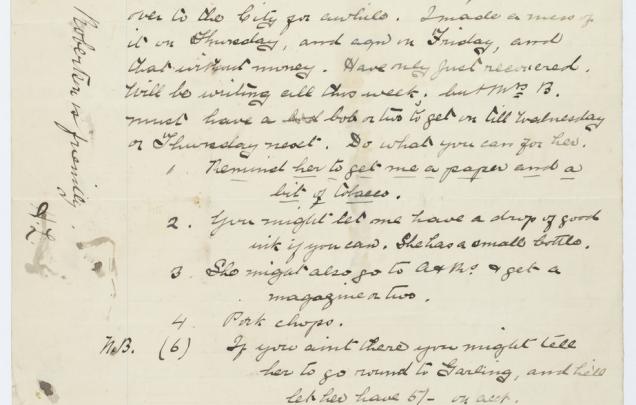Weemala project: Q&A with volunteer Sandra Hawker

Q & A – Weemela ("a big lookout") Interface
Royal Anthropological Society of Australasia Collection
How did you become involved in working with the State Library collections of Aboriginal Language materials?
I contacted the Indigenous Services Unit after seeing an interview with Michael Walsh on ABC TV news in August 2013 about the Indigenous Language project, to see whether I could help out as a volunteer. I have a degree in linguistics, and worked for a year as a research assistant under Professor Stephen Wurm on the mapping of Australian Aboriginal languages in the Research School of Pacific Studies at the ANU while completing a B.A in 1968. But since then, in over 40 years in the workforce, it had been a matter of some regret to me that I had never had the opportunity to work in the area of my first great interest, linguistics.
I was interviewed by Kirsten Thorpe, the Head of the Indigenous Services Unit, and Emily Mierisch, the Volunteer Coordinator, and was delighted to be able to begin work on the RASA documents relating to the NSW Place Names Survey of 1898 soon afterwards.
What has been the most fascinating find that have made when working with the collections?
For me there has not been any particular find that has been most fascinating. I am fascinated by the scope and detail of the survey undertaken by the Royal Anthropological Society, in an era when already some indigenous languages had already been almost wiped out, and equally, by the curiosity and drive of some of the participants in the survey to record indigenous place names and their meanings. One fascinating document among many, for example, is a 4-page letter from A.H.Chesterman, Surveyor in the Tumut District, who notes his observations of variant forms of several words in NSW and Victoria and cautions against making hasty translations and deductions.
What has been the most challenging aspect of your involvement?
Accuracy in recording the metadata and in the actual transcription of the survey materials. Technical limitations of the transcription tool have greatly slowed down the process too. For example, not being able to see which documents need to be transcribed, or to be able to go straight to a document, not having all the text of a document visible on a page. Much more could be made of the material if we could search for words or phrases within documents, and within a set of documents.
Who do you think would be interested in accessing this dataset?
Communities - language revitalisation initiatives, language nests, schools, hospitals and health centres, prisons, tourist information centres
Language scholars and students, linguistics researchers
Councils, State & Federal levels of government
How would you see these collections being used in the next ten years? What additions would you like to see to the dataset and to the Weemala interface?
Three suggestions would be:
1) to have the option for all recorded alternative spellings of language words usable in a search and visible in search results;
2) to use comparative analysis to try to ascertain what language or dialect the word lists are actually in, rather than relying on the indications in the spreadsheet (given by the material of the Institute of Aboriginal and Torres Strait Islander Studies) used at present;
3) change any entries in the spreadsheet which are not strictly what the field name indicates. For example at times there are text notes as well as a date in the date field, and when this gets picked up in the Weemala search results it doesn’t necessarily make sense.
These are just initial suggestions: there will doubtless be many more as the tool is developed.